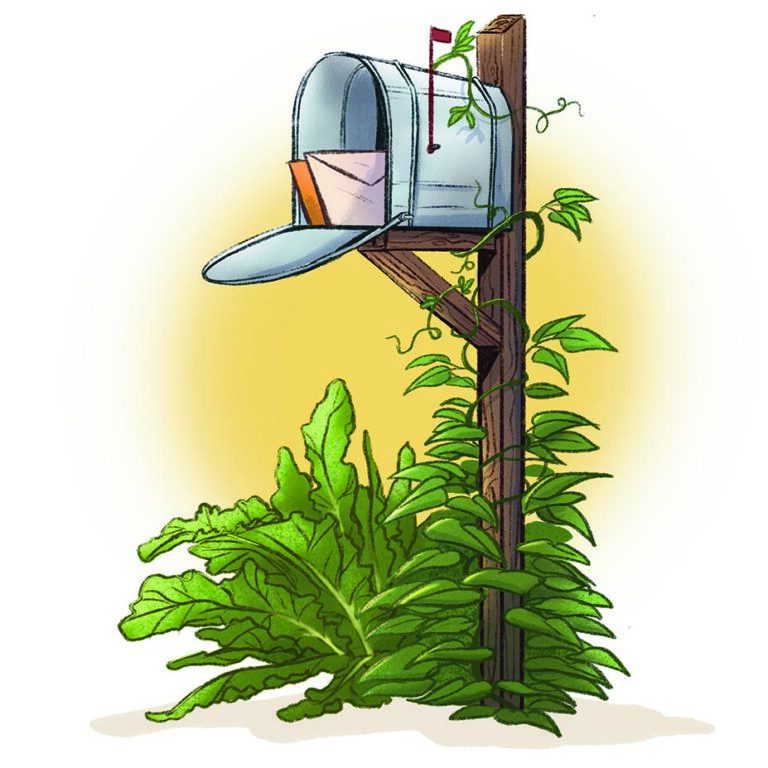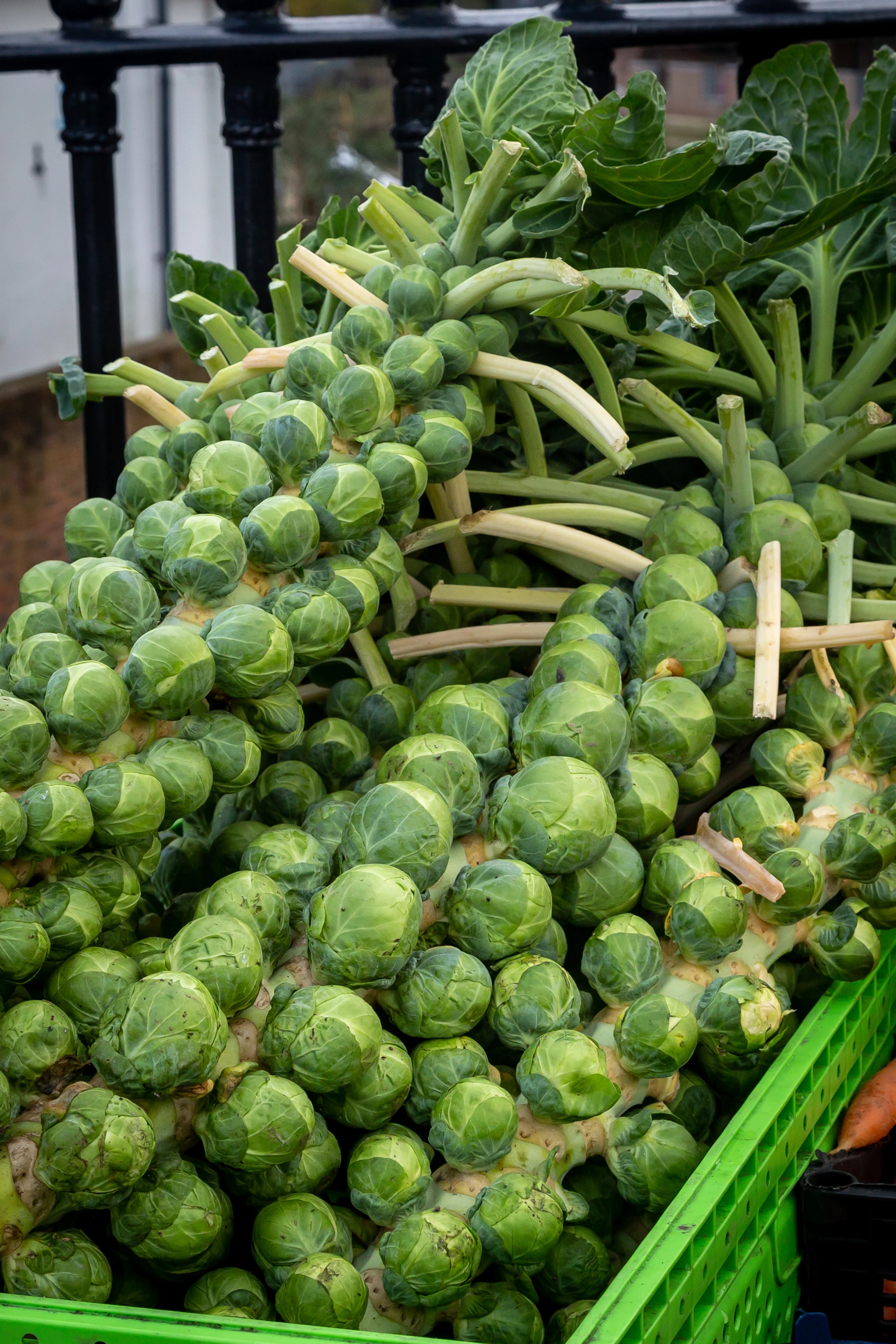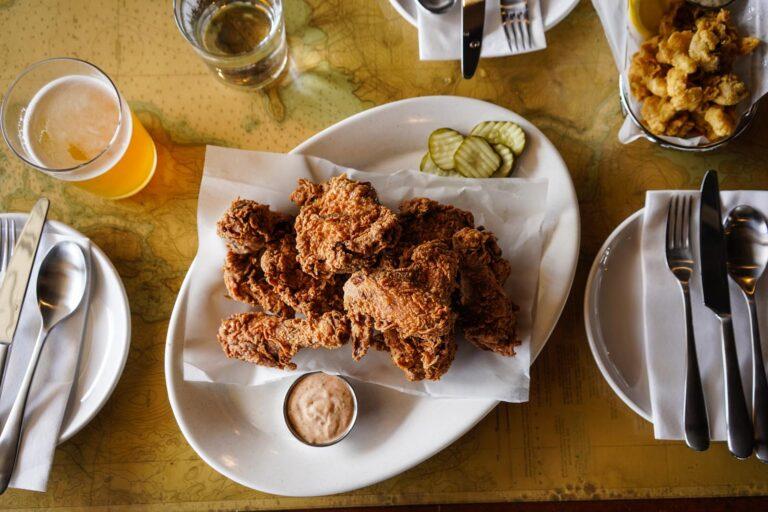Got a red shirt? A red sweater? Or even just red sox? Put them all on today to show your support for the Maine lobster industry!
Here at edible MAINE, we work hard to tell well-rounded stories about local food, and let readers determine whether they spend their time, money, and calories consuming any single ingredient. But today, we digress from our typical modus operandi to encourage you and yours to eat lobster today and as often as you can in the future despite a recent Monterey Bay Aquarium SeafoodWatch rating advising the world not to.
In the report recently issued SeafoodWatch outlining why the sustainable seafood organization gave northeast Atlantic lobster a red rating (as opposed to a green or yellow one), authors acknowledge there is overall low concern for the impact of the Gulf of Maine fishery on lobster stock levels. There are plenty of lobsters in the sea here because Maine lobster fishermen were among the first to voluntarily take measures to preserve stock levels for future generations to fish and eat.
The report also states that “traps used in the commercial lobster fishery are highly selective” (a good thing) and that bycatch “discard and mortality rates are thought to be low relative to other fisheries” (also a good thing). The report acknowledges that the primary reason for lobster’s red rating that endangered North Atlantic right whales can get entangled in the lines that connect lobster traps to buoys floating on the surface.
But here’s the thing, while scientists have documented that in the past five years, 34 whales have died in Canadian and Maine waters from a variety of causes (11 from ship strikes, nine from fishing gear entanglements, one from calving, and 13 from unknown origin), Maine lobster gear has been positively identified in only one right whale entanglement since 2004, and that whale survived the ordeal.
Despite those facts, Maine lobstermen have been forced by regulators and the courts to bear the brunt of new rules that both close fishing areas and mandate expensive new gear. And now, SeafoodWatch’s red light rating threatens the very income that would enable lobstermen to navigate these restrictions financially.
What SeafoodWatch doesn’t consider, though, is that the working waterfronts driven by the lobstermen in the age of deleted groundfish stocks, are part and parcel of the Maine way of life. Their work feeds us, they spend their time serving in local government and volunteering on fire departments, their tax dollars support our roads and schools. They are our neighbors, and we need to keep eating lobster to support them and in doing so, give generations to come the opportunity to know and love lobster as an important Maine ingredient.














